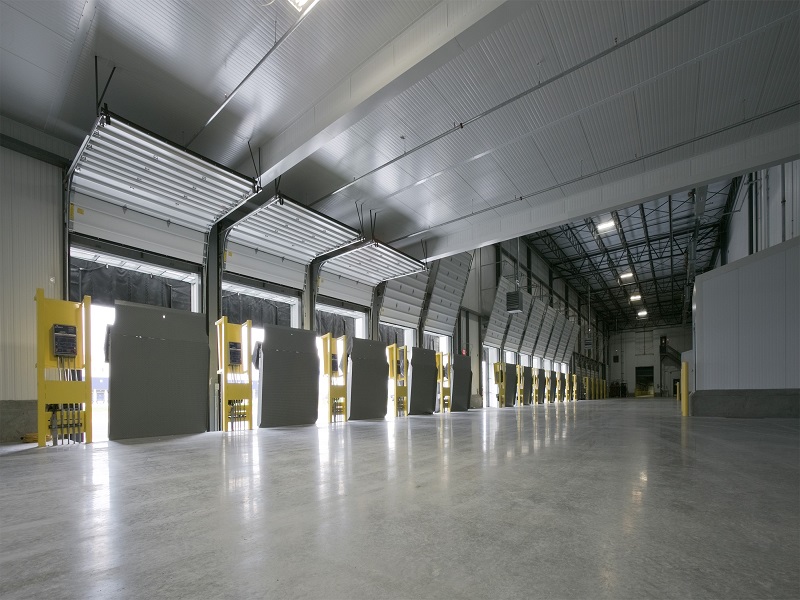Economy Watch: Cold-Storage Space Faces Paradigm Shift
As online grocery sales eat up market share of overall sales in the sector, more than 35 million square feet of U.S. cold-storage space will shift from retail stores to warehouses and distribution centers, according to a new CBRE report.
By D.C. Stribling, Contributing Editor
Online grocery sales are in a growth mode, poised to capture as much as 20 percent of all grocery sales by 2025, for a U.S. sales total of $100 billion, predicts the Food Marketing Institute. The movement to online groceries will result in up to 35 million square feet of U.S. cold-storage space shifting from where it is now— retail stores—to warehouses and distribution centers, also by the mid-2020s, according to a new report from CBRE.
CBRE estimates that the U.S. market for food-commodity cold storage space now totals about 180 million square feet of industrial space, namely refrigerated warehouses. That’s a large amount, but it is still outsized by the roughly 300 million square feet of space in grocery stores and other retail venues.
But online food sales will drive demand for industrial space, and weaken demand for on-site space at stores. CBRE calculates that demand for as much as 35 million square feet of cold-storage space will shift from retail properties to industrial.
CBRE’s analysis found that larger concentrations of food-grade, cold-storage facilities occur in states with substantial agricultural production, large populations or both. CBRE estimates that California has the most industrial cold-storage space (nearly 400 million cubic feet), followed by Washington state (271 million), Florida (260 million), Texas (231 million) and Wisconsin (228 million).
Image courtesy of Premier Design + Build Group








You must be logged in to post a comment.